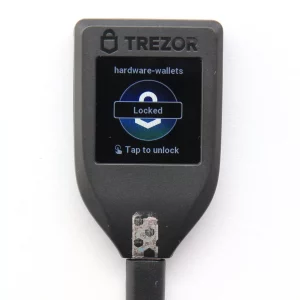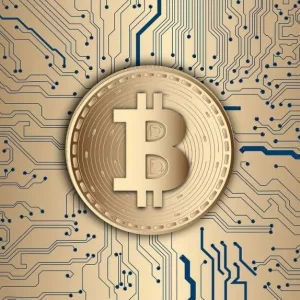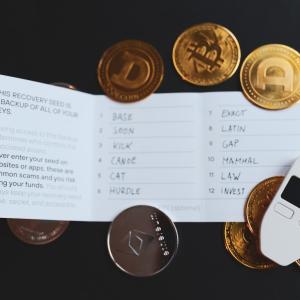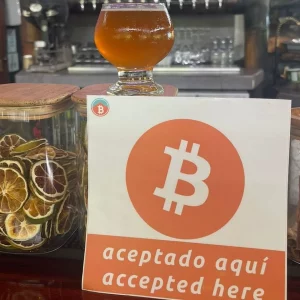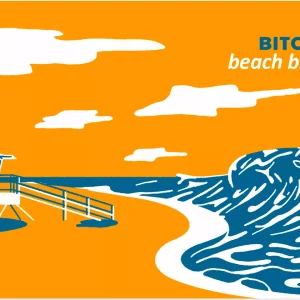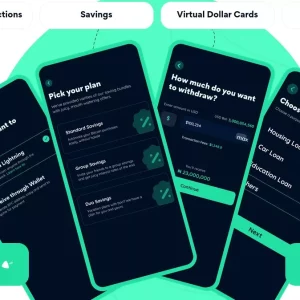Silent payments, also known as stealth payments or BIP352, represent a privacy-enhancing solution for Bitcoin transactions, allowing you to send Bitcoin without revealing your public address on the blockchain. This innovation enhances the anonymity of Bitcoin users by making it difficult to track transactions between specific addresses, a major issue in traditional Bitcoin transactions. The concept was first proposed by Ruben Somsen in 2021.
In Bitcoin, when users receive funds to the same address repeatedly, it becomes easy for outside observers to link all those payments to the same person or entity. This undermines privacy, as it makes it easier to track someone’s financial activity on the blockchain.
What is a Silent Payment in Bitcoin?
A silent payment in Bitcoin is a method of sending Bitcoin to a recipient without publicly exposing their address on the blockchain. In typical Bitcoin transactions, the sender sends funds to a public key or address that can be observed on the blockchain. Silent payments, however, obfuscate the recipient’s address, making it hard to link the transaction to a specific recipient, which enhances the privacy of both the sender and the receiver.
Problem Silent Payments Solve: In Bitcoin, when users receive funds to the same address repeatedly, it becomes easy for outside observers to link all those payments to the same person or entity. This undermines privacy, as it makes it easier to track someone’s financial activity on the blockchain.
How Silent Payment Works
Silent payments rely on cryptographic techniques that create a unique public key for each transaction, rather than reusing the same address multiple times. The reusable address can be shared with customers, friends, donors, tips, etc., providing a convenient and privacy-preserving way for receivers to accept payments without exposing their financial activity or identity. This ensures that every payment is associated with a different on-chain address, even if the receiver shares their off-chain (reusable) address with others.
When someone wants to send you a silent payment, they use your unique public key, which is part of your silent payment address. This process combines the public key with the sender’s private key to create a new address for each transaction.
Here’s how a silent payment address might look like: p1qxy2k03qj5eefkqc4d9eu4hcd23y98q5dc2ta6y. The “sp” prefix indicates that this is a silent payment address. The remaining part of the address is a unique identifier that changes for each transaction, making it harder to link to a specific recipient.
Here’s how it works in general:
- Recipient’s Silent Address: The recipient provides a silent address, which is a static piece of data. Unlike a normal Bitcoin address, this silent address does not appear directly on the blockchain.
- Sender’s Transaction: The sender creates a transaction that targets the recipient’s silent address. However, on the blockchain, this silent address is not used directly. Instead, a one-time-use Bitcoin address is generated for the transaction.
- Recipient’s Access: The recipient, using their private keys, can detect the transaction and access the funds sent to them. Only the recipient knows that the funds are intended for them, as their public address is never explicitly recorded on the blockchain.
This system allows for greater privacy since third parties cannot track the silent address or link multiple transactions to the same recipient.
Pros of Silent Payments
- Enhanced Privacy: Silent payments significantly improve privacy by obscuring your identity on the blockchain.
- Unlinkable Transactions: By generating new, unique addresses for every transaction, silent payments prevent blockchain analysis firms from linking multiple transactions to the same recipient.
- Reduced Address Reuse: Silent payments eliminate the need for recipients to continually provide new addresses, reducing the risk of address reuse, which can compromise privacy.
- Better Security: By creating a unique address for each transaction, silent payments reduce the risk of identity theft and fraud.
- Simplified User Interface: This feature simplifies the user experience by eliminating the need to manage multiple addresses.
- No Interaction Needed: Unlike PayNyms or other similar solutions, silent payments don’t require the recipient to communicate with the sender to provide a new address.
Cons of Silent Payments
- Technical Complexity: Silent payments are more complex to implement than traditional Bitcoin transactions, which may present challenges for both wallet developers and users.
- Higher Transaction Fees: Since silent payments create new addresses for each transaction, the increased data size may lead to higher Bitcoin transaction fees.
- Limited Wallet Support: Silent payments are still relatively new, so not all Bitcoin wallets support this feature. Users may need to seek out specialized wallets.
- Resource Intensive: Resource-Intensive Process: Silent payment recipients must actively monitor the blockchain to identify incoming payments, an effort that can be resource-intensive and time-consuming without optimizations. While those operating their own nodes may experience faster scanning times, SPV clients may face additional challenges in recognizing and processing these silent transactions.
Bitcoin Silent Payment Wallets
To take advantage of silent payments, you need Bitcoin silent payments apps that support this functionality. Currently, support for silent payments is limited but growing. Most wallets supporting silent payments are still in the beta phase or experimental. Here are a few notable wallets that support silent payments:
- BitBox02 (hardware wallet)
- BlueWallet (mobile wallet)
- Cake Wallet (mobile/desktop wallet)
- SeedSigner (hardware wallet)
- Silentium (web wallet, still work in progress)
Conclusion: Silent Payments in Bitcoin
Silent payments offer an exciting step forward in enhancing Bitcoin privacy. By hiding your address from the blockchain, they provide more anonymity for if you value confidentiality in your financial transactions. However, silent payments also come with challenges, such as technical complexity and higher fees, which may deter some users.
Silent payments enable you to create an address that allows multiple payments to be sent to you without reusing the same address, and without the sender having to request a new address for each transaction. However, unlike traditional privacy tools like PayJoin or CoinJoin, silent payments don’t require direct interaction between the sender and recipient.
As more wallets like BitBox02 and privacy-centric platforms begin to adopt silent payment functionality, we can expect this feature to become more accessible. While still in its early stages, silent payments could play a significant role in the future of Bitcoin, offering a higher level of privacy and security for users.













